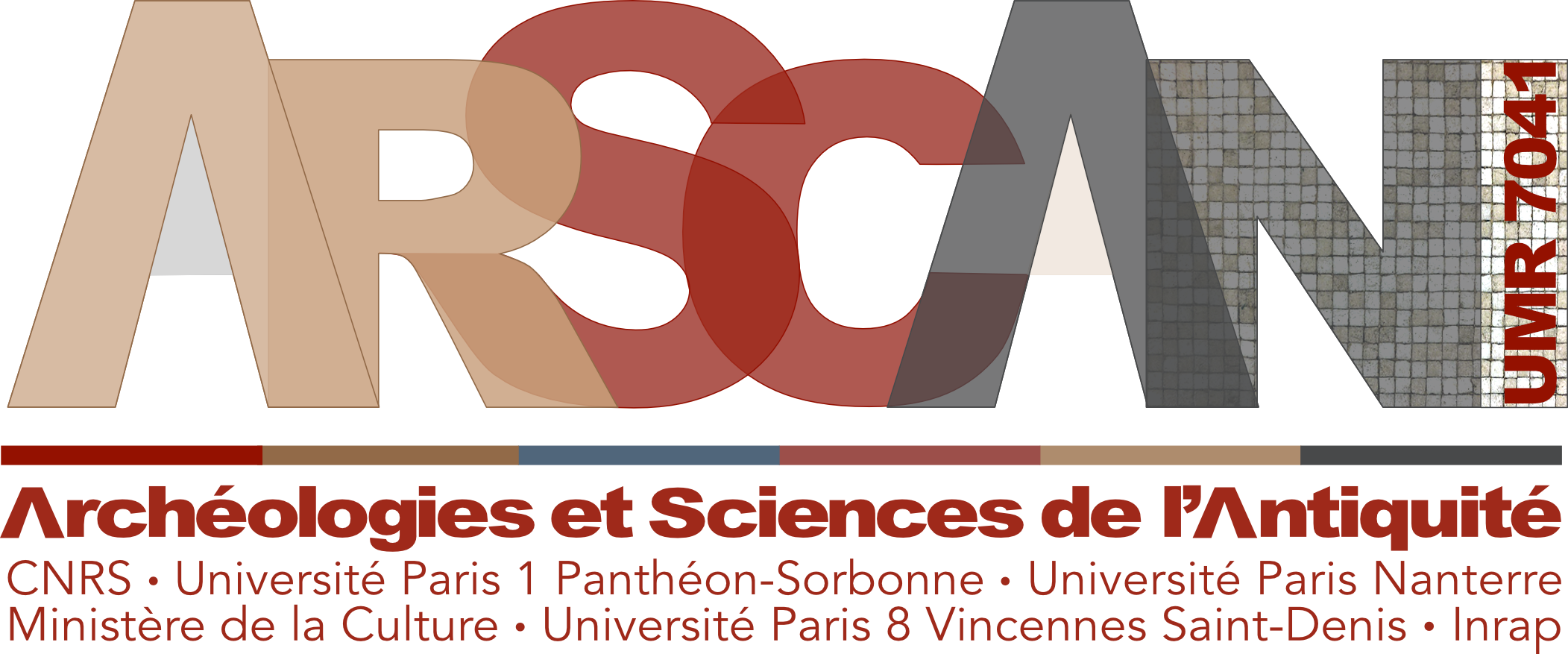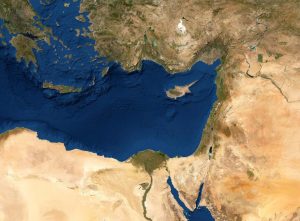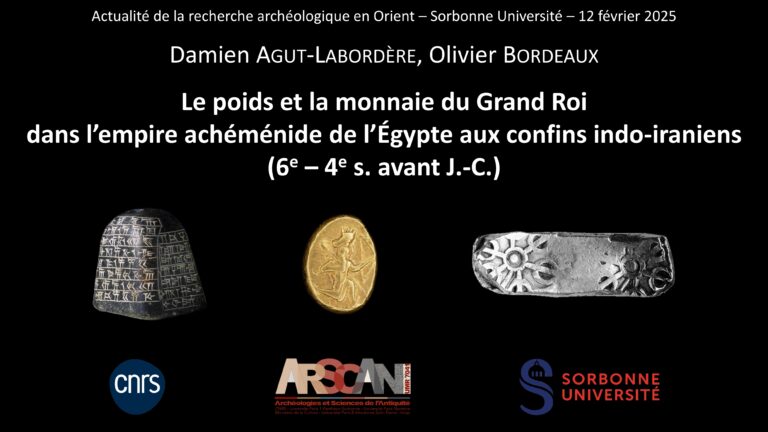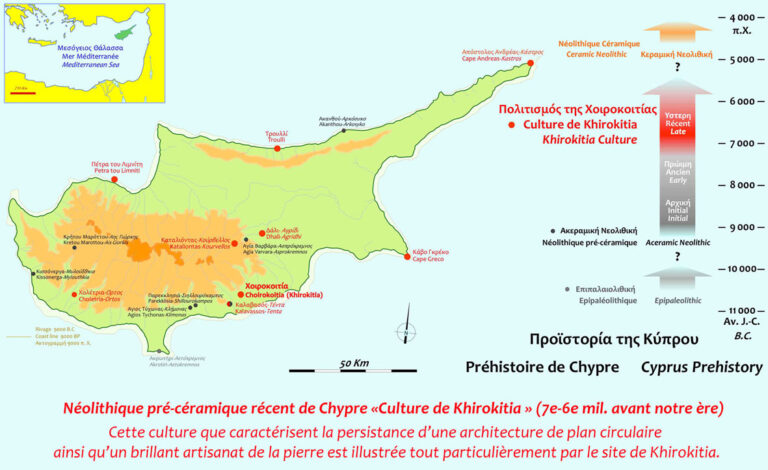ITEM (Imitations and inTeractions in the Eastern Mediterranean)
ITEM (Imitations and inTeractions in the Eastern Mediterranean), Sarah Vilain
Prisés pour leur contenu, leur propriétés thermiques ou leur esthétique, les flacons et autres types de céramiques élaborés sur l’île de Chypre sont largement diffusés en Méditerranée orientale lors de la seconde moitié du IIe millénaire av. n. è. Leurs formes et leurs décors inspirent les potiers et artisans de la Crête au Levant, de l’Anatolie au sud de l’Égypte. C’est à ces créations spécifiques, mêlant traits chypriotes et locaux, que le projet ITEM est dédié. À travers l’exploration des notions d’imitation, copie, inspiration et influence, ITEM vise à déterminer où et quand sont élaborées ces productions et en quoi leur développement est lié à l’évolution des schémas d’échanges internationaux aux âges du Bronze moyen et du Bronze récent.
L’originalité d’ITEM réside dans l’approche à la fois diachronique et multirégionale qu’il propose. Les imitations et autres types de transpositions intégrés à ce projet sont réalisés dans toutes sortes de matériaux : la céramique, la pierre, la faïence, le verre ou encore le bois. Grâce à une étude technologique de ces objets, le projet vise à éclairer la multiplicité des processus au travers desquels les techniques, formes et motifs originaires de Chypre ont été adoptés, et adaptés, dans des régions aux traditions variées. Dès lors, apparaît cette problématique majeure : seules les qualités esthétiques des productions chypriotes ont-elles été imitées ? Ou bien a-t-on également adopté les savoir-faire et pratiques culturelles auxquelles elles étaient associées ? Navigant entre échanges de biens et échanges idées, ITEM offre de nouvelles perspectives sur la compréhension du phénomène d’imitation et la nature complexe des interactions entre les sociétés de l’âge du Bronze.
Le projet ITEM est hébergé par l’Université Paris Nanterre – MSH Mondes, UMR 7041 ArScAn-HAROC, sous la supervision du Dr Aline Tenu. Ces travaux de recherche sont financés par le programme H2020 de la Commission Européenne, dans le cadre de la convention de la subvention Marie Skłodowska-Curie n°892204.
ITEM (Imitations and inTeractions in the Eastern Mediterranean), Sarah Vilain
Searched for their content, their aesthetic or their thermal properties, Cypriot ceramics are broadly distributed in the Eastern Mediterranean during the second half of the 2nd millennium BCE. Their shapes and decorations inspire potters and craftsmen from Crete to the Levant, from Anatolia to Southern Egypt. The project ITEM is dedicated to these specific creations combining both Cypriot and local features. Through the exploration of the concepts of imitation, copy, inspiration and influence, ITEM aims to pinpoint where and when these productions developed and how their diffusion is closely linked to the evolution of trading patterns during the Middle and Late Bronze Ages.
The originality of ITEM lies in the diachronic and multi-regional approaches it proposes. Imitations and other types of transpositions scrutinized in this project are made of all kinds of raw materials: ceramic, stone, faience, glass or even wood. Through a technological study of these objects, the project aims to highlight the multiplicity of processes at work in the adoption – and adaptation – of Cypriot techniques, shapes and motifs in various regions with different local traditions. Then, a crucial issue arises: were only Cypriot shapes and motifs imitated? Or also the know-how and cultural practices they were associated with? Navigating between exchange of goods and exchange of ideas, ITEM offers new perspectives on the phenomenon of imitation and the complex nature of interactions within Bronze Age societies.
This project is hosted by Université Paris Nanterre – MSH Mondes, UMR 7041 ArScAn-HAROC, under the supervision of Dr Aline Tenu. ITEM has received funding from the European Union’s Horizon 2020 research and innovation programme under the Marie Skłodowska-Curie grant agreement n°892204.







